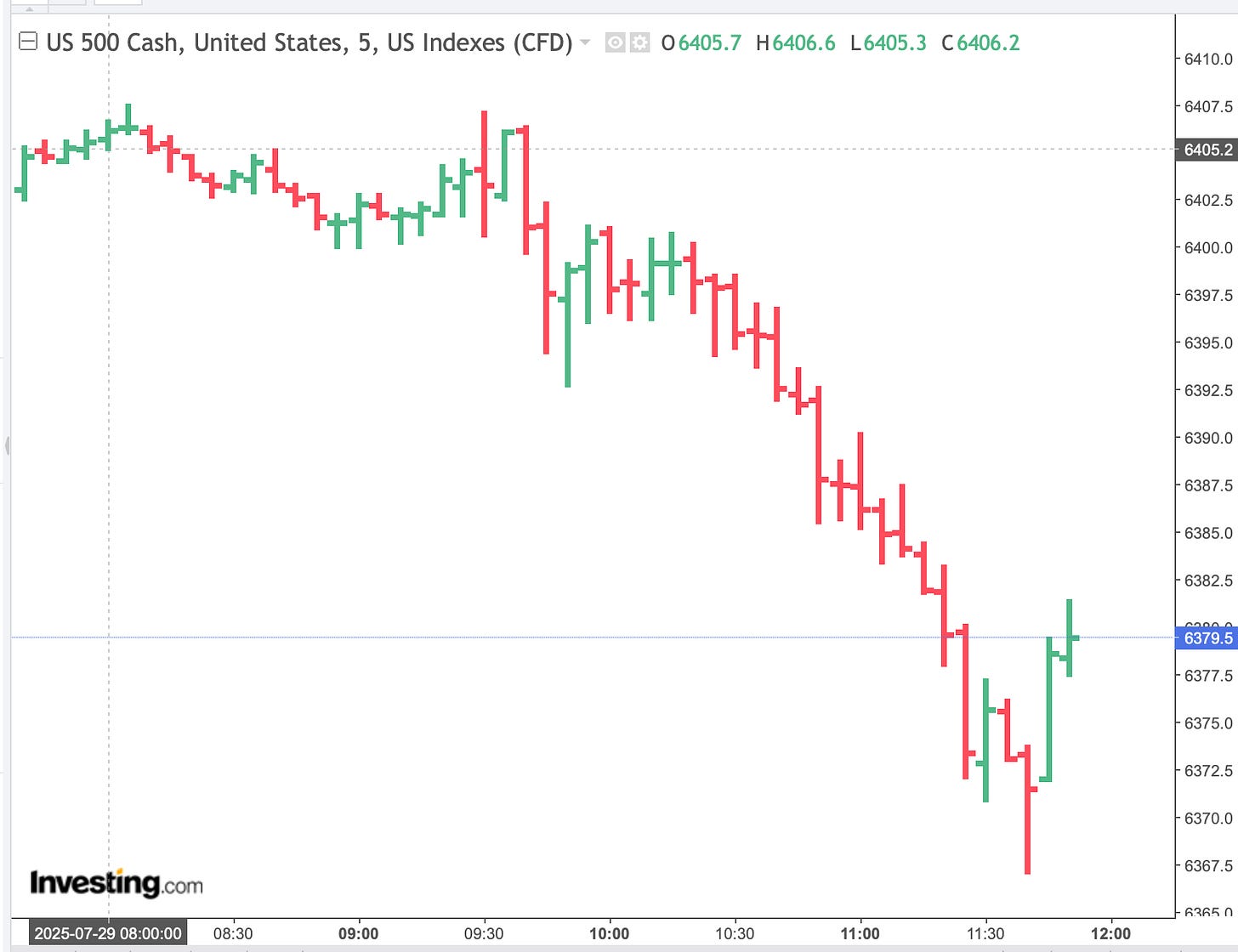The Bigger Picture of Execution-Based Finance: How Small Moves Lead to Big Results
During a steep intraday decline in the S&P futures, I executed a precise reversal long entry at 6400.25, just as the market printed its session low. My entry triggering a spike higher that ultimately marked the bottom of the morning. This action wasn’t reactive — it was catalytic. My activity directly initiated the reversal sequence, reinforcing price through aggressive positioning and stabilizing the market at its inflection point.
It’s easy to get caught up in the idea that only large, long-term positions matter. However, execution-based finance offers a different perspective—one where the precision and consistency of smaller, short-term trades can lead to significant long-term results.
At its core, execution-based finance isn’t just about quick gains—it’s about engineering each trade to maximize capital efficiency and minimize risk. Each move is carefully structured, not just to capture immediate opportunities, but to contribute to a consistent, reliable pattern of returns over time. This approach transforms what might seem like small wins into a powerful, cumulative advantage.
When viewed through this lens, each short-term trade becomes a building block in a much larger structure. Over time, this method can yield results that rival or even surpass traditional long-term strategies, while offering a level of flexibility and control that traditional methods may not.
By focusing on execution, consistency, and capital efficiency, execution-based finance redefines what success in trading can look like.



